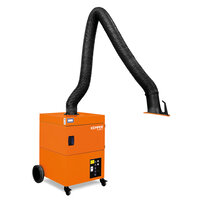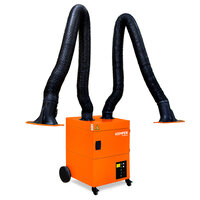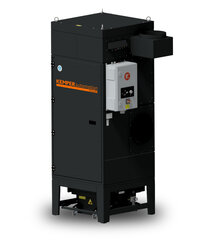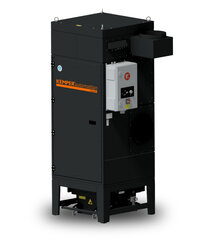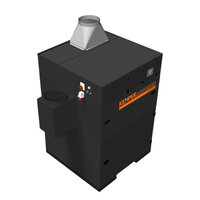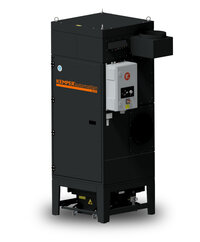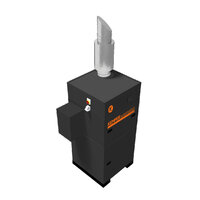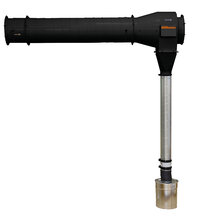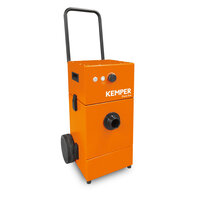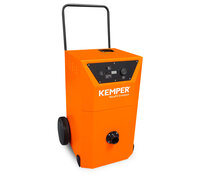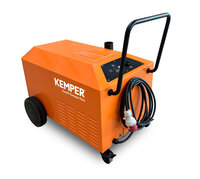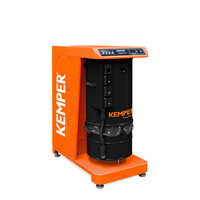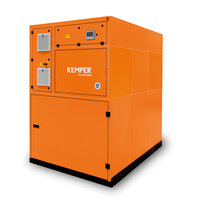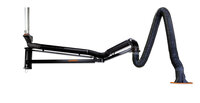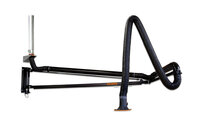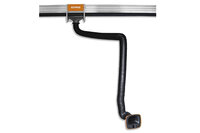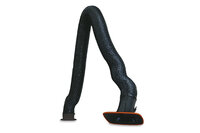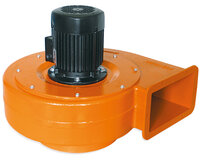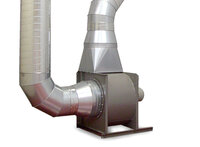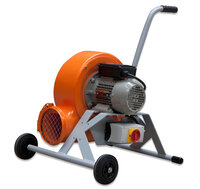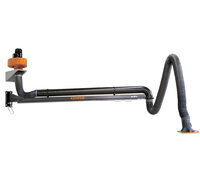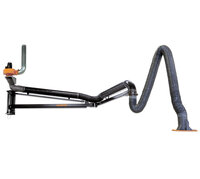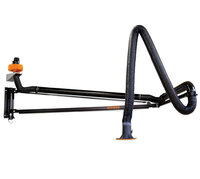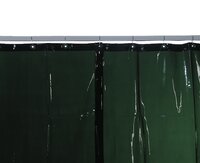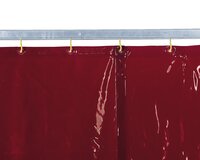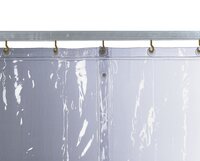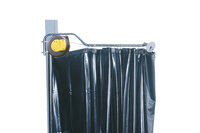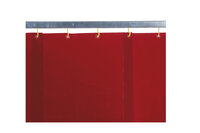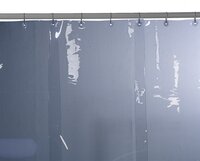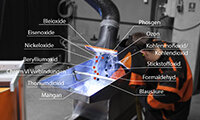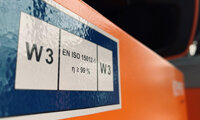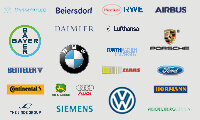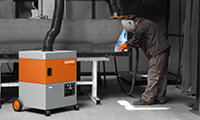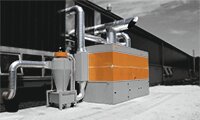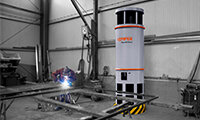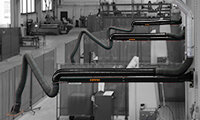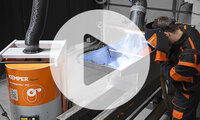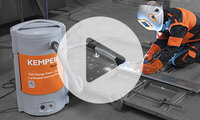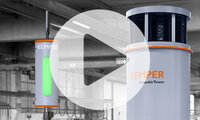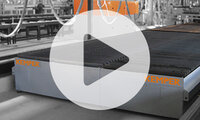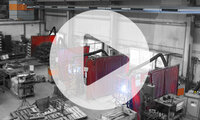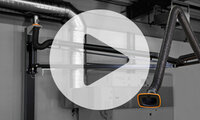-
Veuillez sélectionner une catégorie de produits
-
Produits:
Aperçu des salons -
Systèmes d'aspiration mobiles
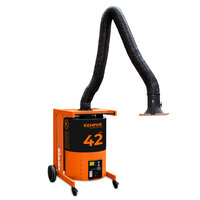
- retour | Systèmes d'aspiration mobiles
- Systèmes d'aspiration mobiles: Aperçu des salons
-
SmartMaster
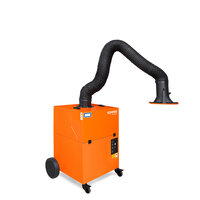 Filtre jetable - 13 m²
Filtre jetable - 13 m² -
ProfiMaster
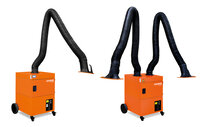 Filtre jetable - 17 m²
Filtre jetable - 17 m² -
SmartFil
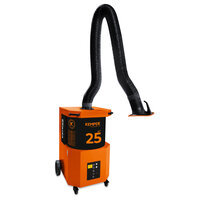 Filtre jetable - 25 m²
Filtre jetable - 25 m² -
MaxiFil
 Filtre jetable - 42 m²
Filtre jetable - 42 m² -
MaxiFil avec filtre à charbon actif
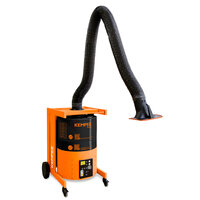 Filtre jetable - 34 m²
Filtre jetable - 34 m² -
FilterMaster XL
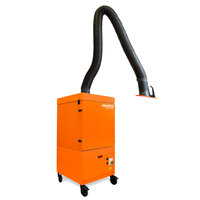 Nettoyage automatique des filtres
Nettoyage automatique des filtres -
MaxiFil Clean
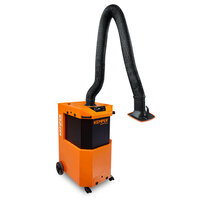 Nettoyage automatique des filtres
Nettoyage automatique des filtres -
Filtres de rechange
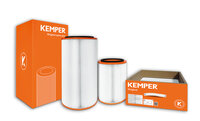
- retour | Filtres de rechange
- Filtres de rechange: Aperçu des salons
-
Filtre de rechange pour SmartMaster
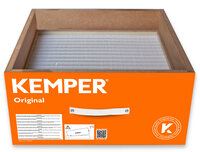 Filtre jetable - 13 m²
Filtre jetable - 13 m² -
Filtre de rechange pour ProfiMaster
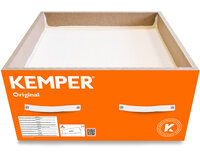 Filtre jetable - 17 m²
Filtre jetable - 17 m² -
Filtre de rechange pour SmartFil
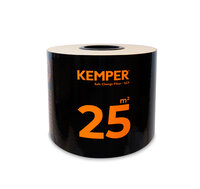 Filtre jetable - 25 m²
Filtre jetable - 25 m² -
Filtre de rechange pour MaxiFil
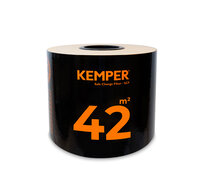 Filtre jetable - 42 m²
Filtre jetable - 42 m² -
Jeu de filtre principal et filtre à charbon ...
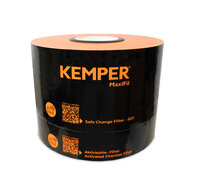
-
Filtre de rechange pour MaxiFil
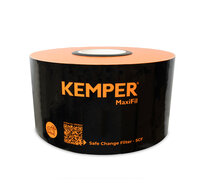
-
Filtre à charbon actif
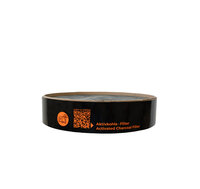
-
Filtre de rechange pour FilterMaster XL
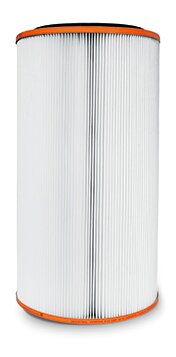 KemTex® ePTFE - 10 m²
KemTex® ePTFE - 10 m² -
Filtre de rechange pour MaxiFil Clean
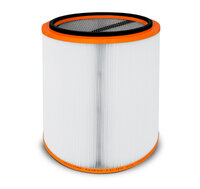 KemTex® ePTFE - 15 m²
KemTex® ePTFE - 15 m² -
Cartouche collecte poussière MaxiFil Clean (lot ...

-
Systèmes d'aspiration fixes
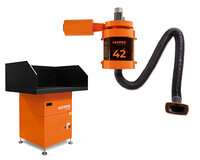
- retour | Systèmes d'aspiration fixes
- Systèmes d'aspiration fixes: Aperçu des salons
-
WallMaster
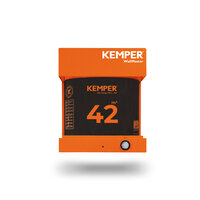 Filtre jetable - 42 m²
Filtre jetable - 42 m² -
MaxiFil stationnaire
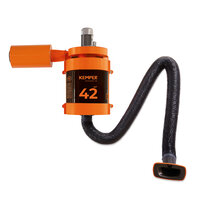 Filtre jetable - 42 m²
Filtre jetable - 42 m² -
FilterTable
 Filtre jetable - 16 m²
Filtre jetable - 16 m² -
FilterTable GWT
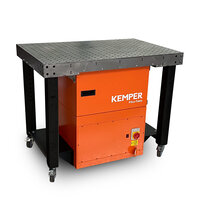 Filtre jetable - 15,8 m²
Filtre jetable - 15,8 m² -
Filtre à cartouches fixe
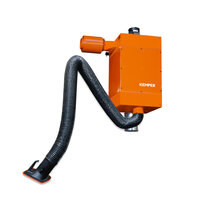 Nettoyage automatique des filtres
Nettoyage automatique des filtres -
Filtre à cartouches fixe
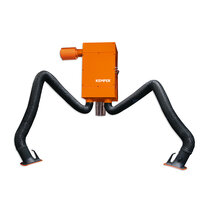 Nettoyage automatique des filtres
Nettoyage automatique des filtres -
FilterCell XL
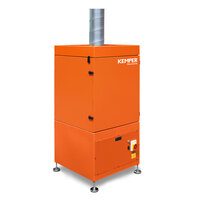 Nettoyage automatique des filtres
Nettoyage automatique des filtres
-
Systèmes d'aspiration centralisés
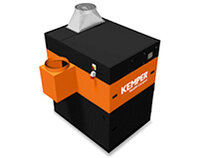
- retour | Systèmes d'aspiration centralisés
- Systèmes d'aspiration centralisés: Aperçu des salons
-
WeldFil Compact
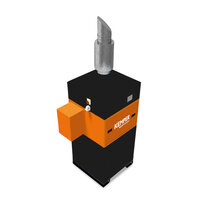 Plug & Play jusqu'à 8.640 m³/h
Plug & Play jusqu'à 8.640 m³/h -
WeldFil
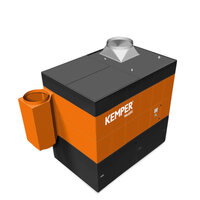 Jusqu'à 26.400 m³/h
Jusqu'à 26.400 m³/h -
KEMPER automation
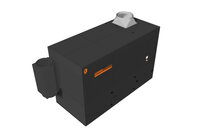
-
Option
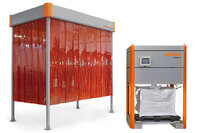
-
Aspiration à haute dépression
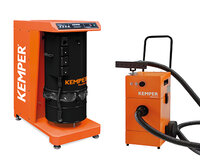
-
Systèmes de ventilation
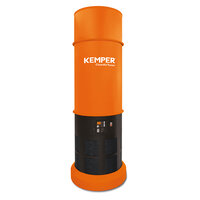
- retour | Systèmes de ventilation
- Systèmes de ventilation : Aperçu des salons
-
CleanAirTower SF 9000
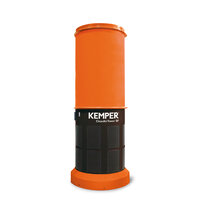 Filtre de stockage - 100 m²
Filtre de stockage - 100 m² -
CleanAirTower
 Nettoyage automatique des filtres
Nettoyage automatique des filtres -
KemJet
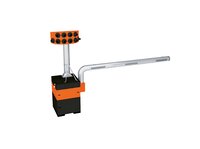 Système de ventilation
Système de ventilation -
système Push Pull
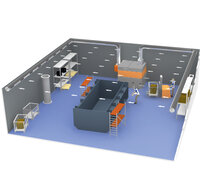
-
Ventilation par refoulement
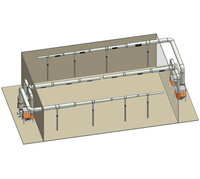
-
Système de contrôle de la qualité de l’air ...
 Feu rouge - jaune - vert
Feu rouge - jaune - vert
-
Bras d'aspiration et ventilateurs

- retour | Bras d'aspiration et ventilateurs
- Bras d'aspiration et ventilateurs: Aperçu des salons
-
Bras d'aspiration
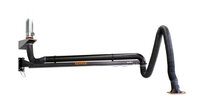 Différentes longueurs de bras
Différentes longueurs de bras -
Ventilateurs
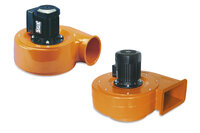
-
Kit d'évacuation d'air
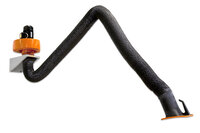 All-In-One
All-In-One
-
Tables aspirantes et tables de coupage
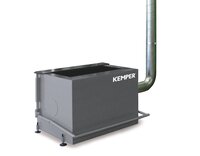
- retour | Tables aspirantes et tables de coupage
- Tables aspirantes et tables de coupage: Aperçu des salons
-
Tables pour applications manuelles
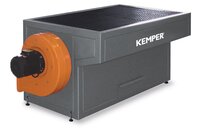
- retour | Tables pour applications manuelles
- Tables pour applications manuelles: Aperçu des salons
-
Tables de meulage / soudage pour aspiration
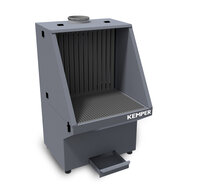
-
Table de soudage pour aspiration

-
Table de soudage avec ventilateur

-
Table filtrante

-
Tables de coupage plasma
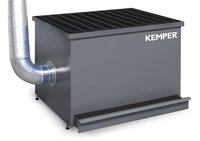
-
Table Tavolex
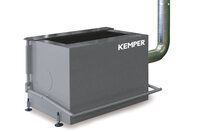
-
Table de soudage pour centre de formation
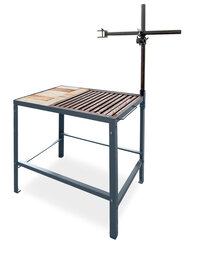
-
Table de formation avec dispositif de soudage et ...
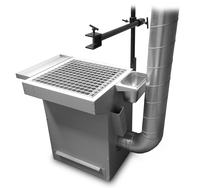
-
Tables pour bancs de coupage
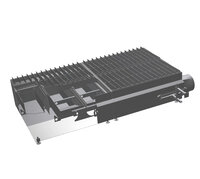
- retour | Tables pour bancs de coupage
- Tables pour bancs de coupage: Aperçu des salons
-
KemTab
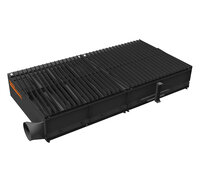 jusqu'à 300 Ampères
jusqu'à 300 Ampères -
KemTab Advance
 jusqu'à 300 Ampères
jusqu'à 300 Ampères
-
Sécurité au travail et cloisons de séparation
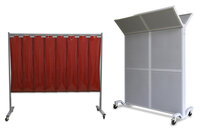
- retour | Sécurité au travail et cloisons de séparation
- Sécurité au travail et cloisons de séparation: Aperçu des salons
-
Rideaux de protection pour soudage
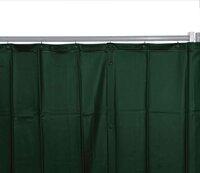
-
Rideaux de protection à lanières pour soudeurs
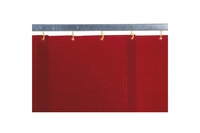
-
Lanières de protection pour soudeurs
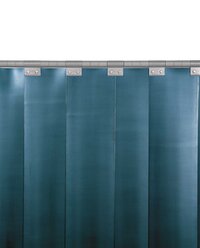
- retour | Lanières de protection pour soudeurs
- Lanières de protection pour soudeurs: Aperçu des salons
-
Lanière de protection pour soudage, vert foncé
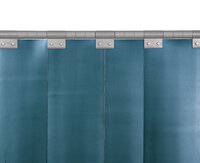
-
Lanière de protection pour soudage, vert
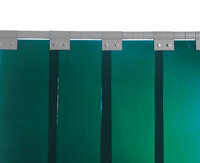
-
Lanière de protection pour soudage, rouge
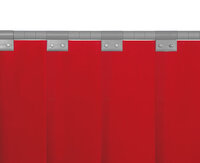
-
Lanière de protection pour soudage, bronze
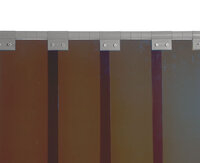
-
Lanière de protection transparente
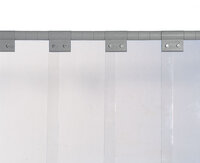
-
Ecrans de protection pour soudeurs
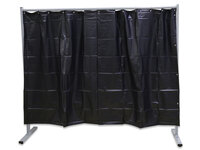
- retour | Ecrans de protection pour soudeurs
- Ecrans de protection pour soudeurs: Aperçu des salons
-
Ecran mobile 1 volet avec rideau

-
Ecran mobile 1 volet, avec rideau tendu
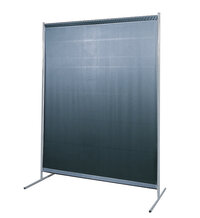
-
Ecran mobile 1 volet avec lanières de protection
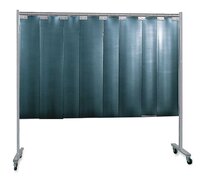
-
Ecran mobile 1 volet avec rideau

-
Ecran mobile 3 volets avec rideau tendu

-
Ecran mobile 3 volets avec lanières de protection

-
Ecran mobile 3 volets avec rideau à lanières de ...

-
Jeu de roues
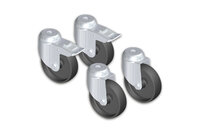
-
Couvertures de protection pour soudeurs
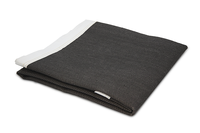
-
Cloisons insonorisantes

-
Mur antibruit mobile
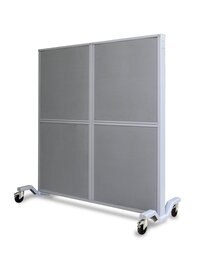
-
Bras pivotants pour montage mural ou sur piliers
- retour | Bras pivotants pour montage mural ou sur piliers
- Bras pivotants pour montage mural ou sur piliers: Aperçu des salons
-
Bras pivotant
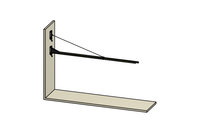
-
Bras pivotant

-
Bras pivotant pour pilier
-
Bras pivotant pour pilier
-
Bras pivotant
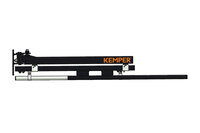
-
Tuyaux
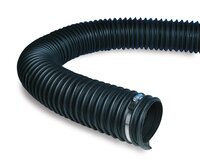
- retour | Tuyaux
- Tuyaux: Aperçu des salons
-
Flexibles d'aspiration et de refoulement jusqu'à ...
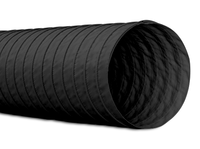
-
Flexibles d'aspiration et de refoulement jusqu'à ...
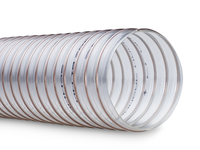
-
Flexible haute température, jusqu'à 250 °C

-
Flexibles d'aspiration pour gaz d'échappement ...
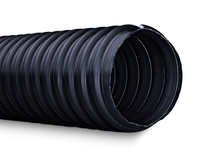
-
Flexibles d'échappement automobile jusqu'à 300 ...

-
Flexible haute température, jusqu'à +650°C

-
Flexibles d'aspiration à vide élevé jusqu'à ...
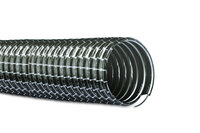
-
Veuillez sélectionner une page
-
Prestations:
Aperçu des salons -
SAV et montage

-
Prolongation de la durée de garantie
 à 24 mois
à 24 mois -
Pièces de rechange
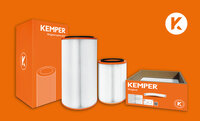
-
Veuillez sélectionner une page
-
Pour en savoir plus:
Aperçu des salons -
Les fumées de soudage : généralités
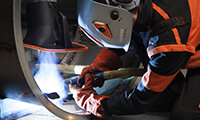
-
Normes et lois relatives aux fumées de soudage

- retour | Normes et lois relatives aux fumées de soudage
- Normes et lois relatives aux fumées de soudage: Aperçu des salons
-
1. Aperçu

-
2. Estimation des risques
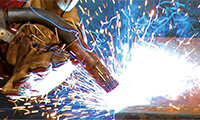
-
3. Mesures à prendre - captage
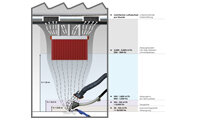
-
4. Valeur d'exposition
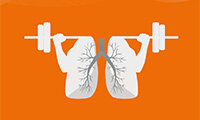
-
Appareil d'aspiration - Domaines d'application
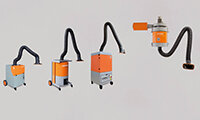
- retour | Appareil d'aspiration - Domaines d'application
- Appareil d'aspiration - Domaines d'application: Aperçu des salons
-
Aspiration mobile - domaines d'utilisation
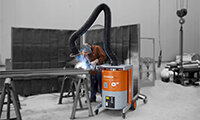
-
Aspiration mobile - critères de sélection
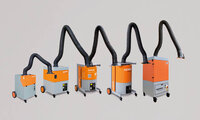
-
Aspiration stationnaire - domaines d'utilisation

-
Aspiration stationnaire - critères de sélection
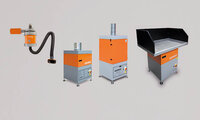
-
Zentrale Absauganlage - Filteranlage Überblick
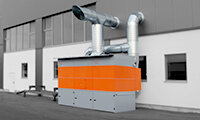
- retour | Zentrale Absauganlage - Filteranlage Überblick
- Zentrale Absauganlage - Filteranlage Überblick: Aperçu des salons
-
Aperçu: centrales système WeldFil et WeldFil Compact
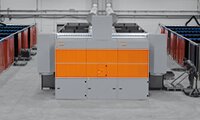
-
Détail: centrales systèmes WeldFil et WeldFil Compact
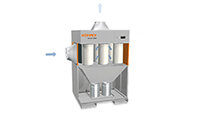
-
Options pour systèmes d'aspiration centralisés
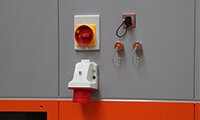
-
Certification IFA W3

-
Surface filtrant Cartouches filtrantes

-
Systèmes de ventilation

-
Aperçu de la gamme bras d'aspiration / extraction
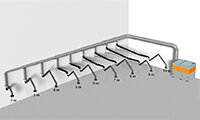
-
Tables aspirantes - tables de coupage
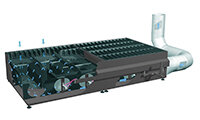
- retour | Tables aspirantes - tables de coupage
- Tables aspirantes - tables de coupage: Aperçu des salons
-
Aperçu de la gamme de tables aspirantes

-
Caractéristiques et critères de sélection

-
Support matériel EasyFrame

-
Veuillez sélectionner une page
-
Actualités:
Aperçu des salons -
News

-
Salons

-
Veuillez sélectionner une page
-
Blog:
Aperçu des salons
-
Veuillez sélectionner une page
-
Service :
Aperçu des salons -
Commande de catalogue

-
Downloads

-
Enregistrement de produit
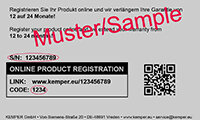
-
Vidéos
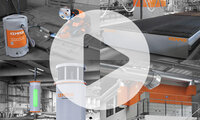
-
Veuillez sélectionner une page
-
Downloads:
Aperçu des salons
Is welding in Germany on the edge of legality?
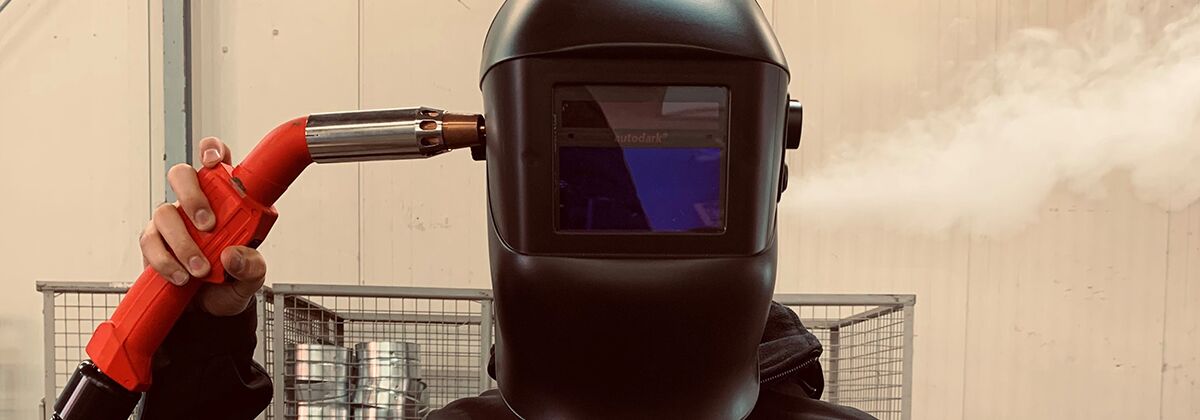
From a purely occupational health point of view this is true. But what is it all about? The fact that the general dust limit value in Germany 1.25 mg/m³ is well known and compliance is already tough work in many companies. In contrast to the manganese value, however, this hurdle is just knee-high, whereas you would need a trampoline to overcome the manganese value hurdle.
- "The claim of a good welding company should be to make the hurdle for limit values look like small sticks".
Back to the beginning: The limit value for manganese (E-dust) was lowered from 0.5mg/m³ to 0.2 mg/m³ in 2015. So far so good. The real problem lies in the very fine, i.e. alveolar dusts of manganese. These lead to Parkinson-like symptoms, so a new limit value of 0.02 mg/m³ has been set for these so-called A-dusts. This is a reduction of 96 percent compared to the original value and thus a real gamechanger for occupational health and safety. The orientation of many companies is aimed at the supposed minimum target of the general dust limit value of 1.25 mg/m³. However, this is far from ensuring that the limit value for manganese is also complied with. In this case it is not enough to reach the goal line - you have to go beyond to make the hurdle for limit values look like a small stick.
The limit value for manganese is already today just as binding as the general dust limit value. There is no time lag in between. The difference: manganese has been below the radar for a long time. Because the 0.5 mg/m³ were practically never exceeded, the manganese concentration was rarely measured before 2015. As a result, there was hardly any information about how high the actual value is - after all, it was almost always below the limit. Only after the reduction was the manganese concentration measured more frequently and now regularly. Because the limit value for manganese is often still exceeded by a factor of 3 to 5 even when the general dust limit value is complied with, it now represents the real hurdle. The fact that the general dust limit value is complied with does not help the company.
- "In contrast to the manganese value, this hurdle is just knee-high, whereas you would need a trampoline to overcome the manganese value hurdle.
But what must weld companies do to comply with the limit values? First the status quo should be reviewed. For this purpose, companies can call in the expertise of an air pollution control expert to exploit all potential. From modern spot extraction units or extraction torches, to the addition of room ventilation systems or spatial separation, there are many ways to achieve maximum protection for employees. In addition, employees should be made aware of the dangers of welding fumes through regular training. This is particularly important because in the end it is often the welder's own willingness to protect himself and his colleagues from the dangers that determines whether or not the welding results fall well below the limit values.
One thing is certain: Whoever deals with the implementation of an efficient air pollution control concept at an early stage guarantees the highest health precautions, which are far below the general dust limit value. Extraction experts like KEMPER can provide support during implementation - both technically and in an advisory capacity. Together we will tackle it so that welding will remain legal in the future.
Rechercher sur Kemper.eu
Utilisez le champ de recherche ci-dessous pour rechercher des produits, services et informations sur Kemper.eu.
FermerComment pouvons-nous vous contacter ?
Remplissez simplement le formulaire. Nous vous contacterons dès que possible.

